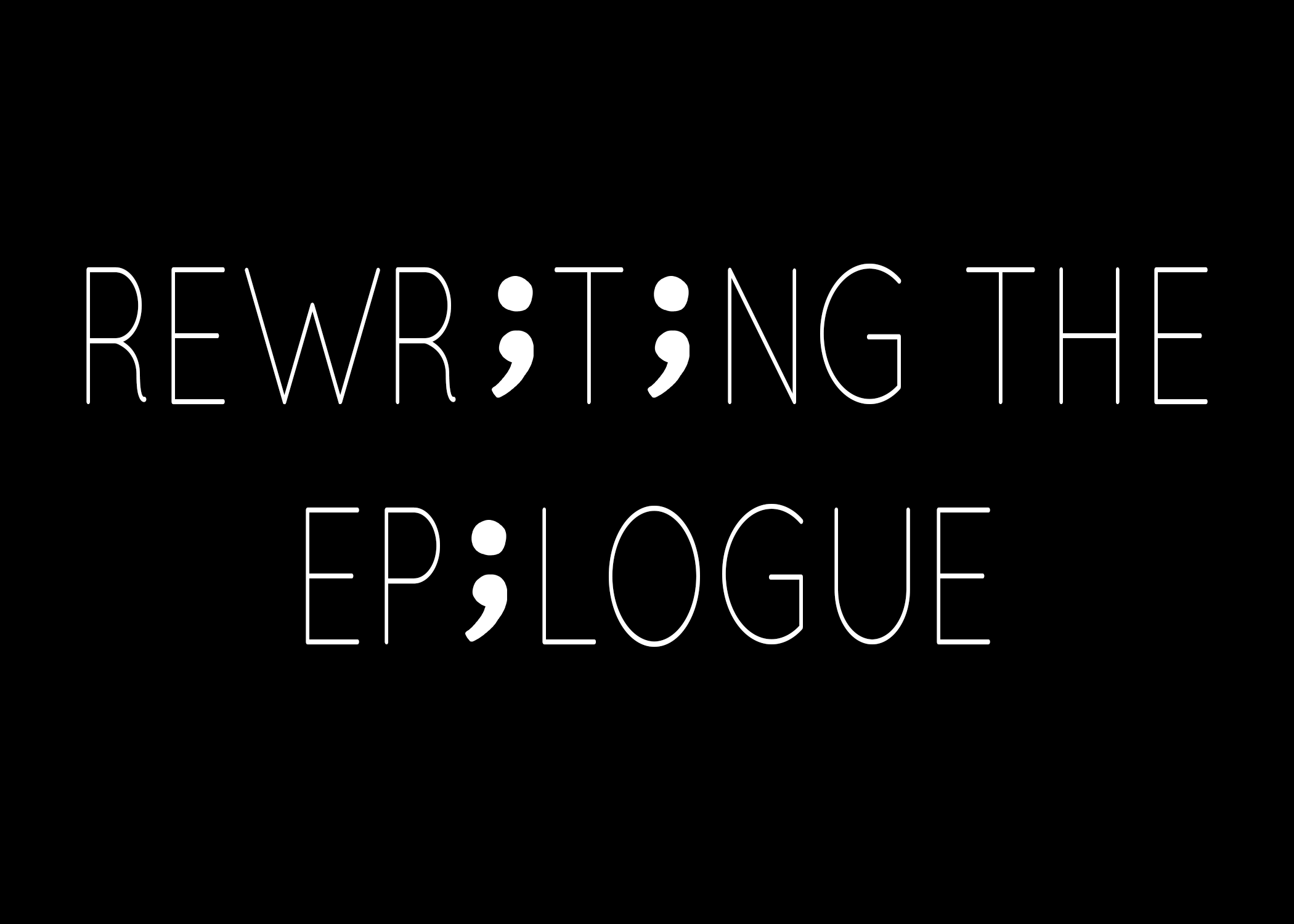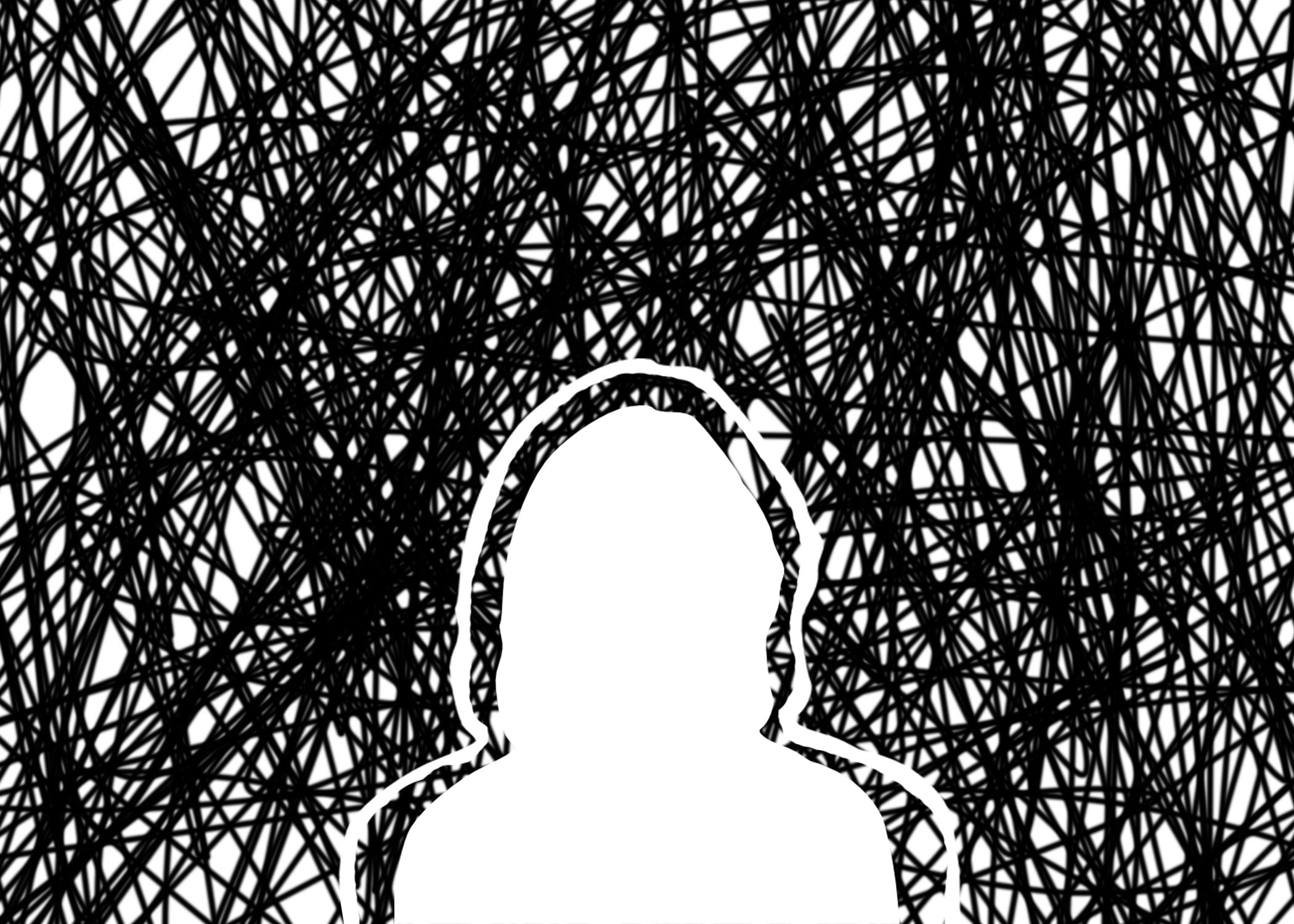Most of Harrod’s family knew about her suicide attempt, but outside of this circle of people, only her closest friends were aware, Marris said.
“I wore a sleeve over my arm because I didn’t want people to see it,” Harrod said. “I got the courage to stop wearing it after my arm healed back up.”
Now that Harrod is more comfortable talking about her attempt, most people in her life know about her scars and the story behind them, Marris said.
A couple of months later, in April, Seneca High School was not in session due to the COVID-19 pandemic. Harrod stayed with her father on the night that she attempted suicide for the second time.
“Somebody got underneath my skin, and I just started thinking and thinking and thinking,” Harrod said.
After Harrod’s older sister and her sister’s boyfriend found her that night. They were the ones who called 911. The paramedics that arrived to take Harrod to the hospital saw the bottles of medicine that she had taken, and they told her sister that she had no chance of coming out alive, Marris said.
Once at the hospital, Harrod had woken up and became combative. She was given several shots of Ativan, a sedative, to calm down, while eight nurses and two security guards restrained her, Marris said.
“She was definitely not the same Kaylee,” Marris said.
Harrod remained at Norton Hospital in Louisville for a week before going to Our Lady of Peace for her daily outpatient visits. Every day for a month, Harrod engaged in an eight-hour mix of therapy and school sessions, working on getting better while continuing her education.
“I know that I scared everybody, and I made a promise to myself that I would never, ever put my family through that ever again,” Harrod said. “I knew that anytime I felt alone, I needed to put myself around somebody and talk to them about what was going on inside my head.”
Marris said that the majority of Harrod’s anxiety and depression stemmed from her younger years, which were spent in a small Catholic school.
“She knew from an early age that she was different from the other kids because she’s gay,” Marris said. “She had a hard time trying to figure out friendships. Now that she’s open with being out, she’s more coming into herself.”
Through Harrod’s two suicide attempts and her own suicide attempt years ago, Marris has gotten closer to her daughters, Kaylee and Madison. She is now more attentive to their needs, Marris said.
“It’s made me stronger,” Marris said. “I know that I need to be more aware of my own actions.”
Harrod still struggles with both anxiety and depression and currently takes Zoloft to manage her mental illnesses.









